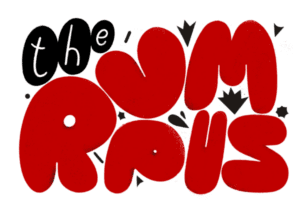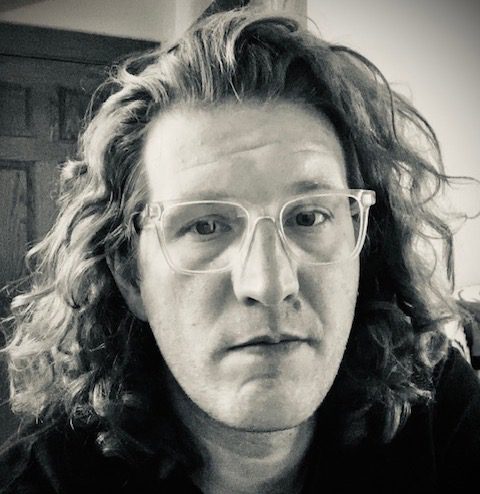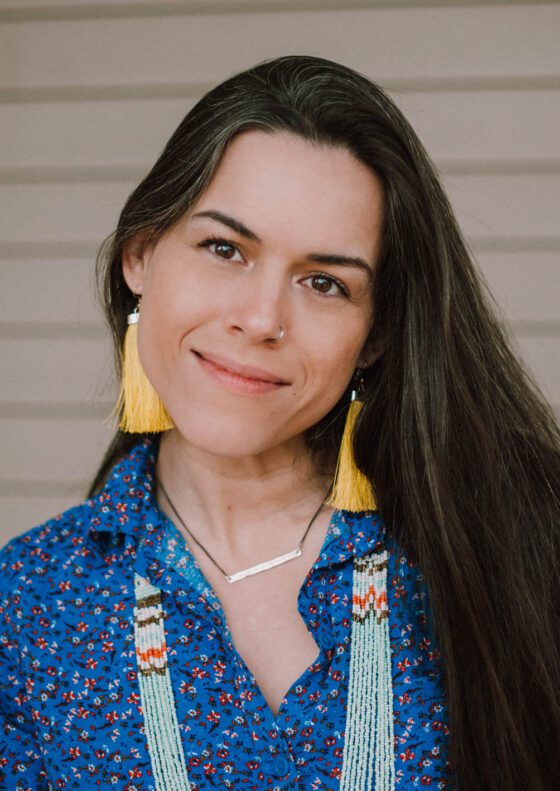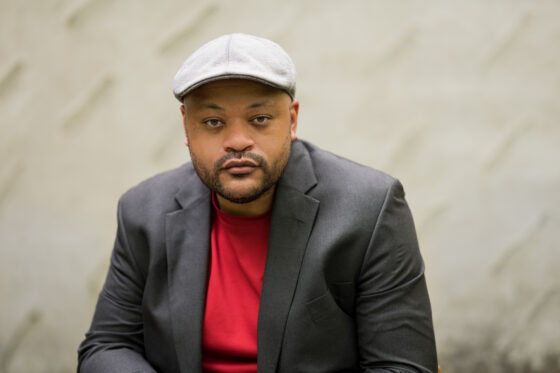 Was there ever a place greyer, wetter or lonelier than Paris in the fall?
Was there ever a place greyer, wetter or lonelier than Paris in the fall?
For an Irish person, that’s a weighty question to consider. I guess that in some other incarnation of myself I might have found the glistening cobblestones of Montmartre immeasurably romantic but with my fiancé away on tour and being (scarcely) self-employed, the dampness weighed down heavily on my mood, pushing me into a period of semi-hibernation.
I had left Big Sur and the Oranges of Hieronymus Bosch languishing under my bed for months, put off by the pretentious mouthful of a title and with the vague plan of cracking one of the Tropics first. With little to do and no one to do it with, I finally picked up Henry Miller’s memoir in the hope of enjoying some climate porn and being transported to a better writer’s vision of Eden. Although there was plenty in there to satisfy my climate-related needs, the book was surprisingly, given Miller’s reputation, low on any other form of titillation. Big Sur, it seems, was a prelapsarian Eden, a place where Miller thrived on modest pleasures and the fruits of aestheticism.
The thing about Paris was that I never felt that it could be my city. I could reside there for long stretches, eke out a place for myself in some pocket community of misfit expatriates and Anglophile Parisians, but Paris would always belong to the movies, to Garance Doré, and well, to Parisians. The tricky little fact about home, I learned from Big Sur, is that it’s a psychological space. Miller didn’t occupy Big Sur so much as it occupied him, shaping his beliefs and shifting his priorities until he became as much a part of the place as the craggy cliffs and crashing waves. For Miller, making a home in Big Sur meant letting nature dictate his way of life, cultivating an interdependent relationship with the community and terrain, and fostering a profound sense of gratitude.
Like the untamed paradise he describes, Miller tends to be a rambling storyteller, skipping from one anecdote to the next, cross-referencing and diverging. And yet, the seemingly unconnected threads, woven together only by the writer’s determination to set them down on paper, are thoroughly deliberate and methodical according to their own particular logic. In the first pages, Miller lays down the topography and chronology of the memoir to dispense with these particulars early on. However, that doesn’t prevent him from leaping across the globe and back in time to his life in France or his childhood in Brooklyn.
The point is that he wants to tell us that he lived. The act of storytelling affirms his existence. And if time and experience can’t be examined linearly, then how could an account of them ever be linear? And so he whisks his captive reader through time and space and pins you down on his couch to listen to him ruminating for pages, divulging theories that only matter because he thought them and his thinking them make them forever a part of the history not only of Henry Miller, but of Big Sur, too.
Being alone in Paris last fall I would often think about how I might tell the story of my day if I ran into someone I knew or spoke to my fiancé on the phone. At intervals I would mentally recap what I had done, honing in on details that might seem interesting or important to someone else or myself at a later date. The worst days were those when I didn’t speak to anyone apart from the boulangère or supermarket clerk. I often wondered, did I live today if I have no one to tell it to?
I once read that the qualities that people find most attractive in their spouse are also the ones that eventually cause them to fall out of love. Henry Miller at his best is the kind of guy who loves the sound of his own voice, an armchair anthropologist who believes wholeheartedly in the greatness of his own opinions and thank goodness for that because I love to listen. Henry Miller at his worst will go off on a misguided exoticizing rant about the virtues of Mexican laborers or Japanese women. And then there’s his misogyny. There is something—a combination of schadenfreude and the self-loathing feminist in me, perhaps—that made these lapses almost relieving in an otherwise insightful and philosophical tome.
Although the titular oranges of Hieronymus Bosch don’t occupy much space in the book, Miller’s fascination with them is key to understanding the purpose of the memoir. It tells of the pleasure he takes in an aesthetic brimming with life and intricacy and yet so perfectly simple. Bosch’s oranges aren’t real; they’re representations that come to surpass the real thing. Not natural themselves but spiritual representations of natural artifacts. Similarly, Big Sur isn’t a spontaneous document of people and places; it’s a work of art that interprets the experience, and no doubt better than the real thing.
At the book’s very rose-tinted closure my lingering question was well, why would he ever leave? Miller did eventually leave Big Sur, as I did Paris, despite the romanticism of living as a starving artist halfway up the hill of Montmartre. Perhaps this paradise he sought to immortalize was lost by the time he knew enough to capture it. Maybe to eulogize an experience is to kill it. Or maybe the romance of a time and place can only exist in the aestheticized telling of it just as the better versions of ourselves are only ever fantasies.




